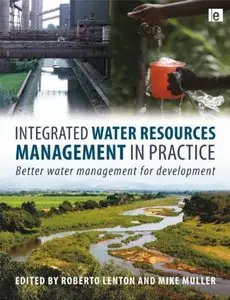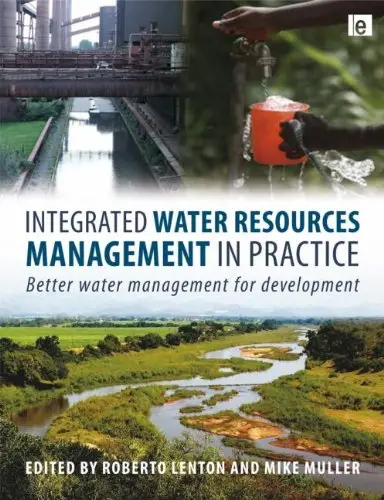Roberto Lenton, Mike Muller, "Integrated Water Resources Management in Practice: Better Water Management for Development"
2009 | pages: 249 | ISBN: 1844076504, 1844076490 | PDF | 9,2 mb
2009 | pages: 249 | ISBN: 1844076504, 1844076490 | PDF | 9,2 mb
Better water management will be crucial if we are to meet many of the key challenges of this century - feeding the world's growing population and reducing poverty, meeting water and sanitation needs, protecting vital ecosystems, all while adapting to climate change. The approach known as Integrated Water Resources Management (IWRM) is widely recognized as the best way forward, but is poorly understood, even within the water sector. Since a core IWRM principle is that good water management must involve the water users, the understanding and involvement of other sectors is critical for success. There is thus an urgent need for practical guidance, for both water and development professionals, based on real world examples, rather than theoretical constructs. That is what this book provides.
Using case studies, the book illustrates how better water management, guided by the IWRM approach, has helped to meet a wide range of sustainable development goals. It does this by considering practical examples, looking at how IWRM has contributed, at different scales, from very local, village-level experiences to reforms at national level and beyond to cases involving trans-boundary river basins. Using these on-the-ground experiences, from both developed and developing countries in five continents, the book provides candid and practical lessons for policy-makers, donors, and water and development practitioners worldwide, looking at how IWRM principles were applied, what worked, and, equally important, what didn't work, and why.
My Links



